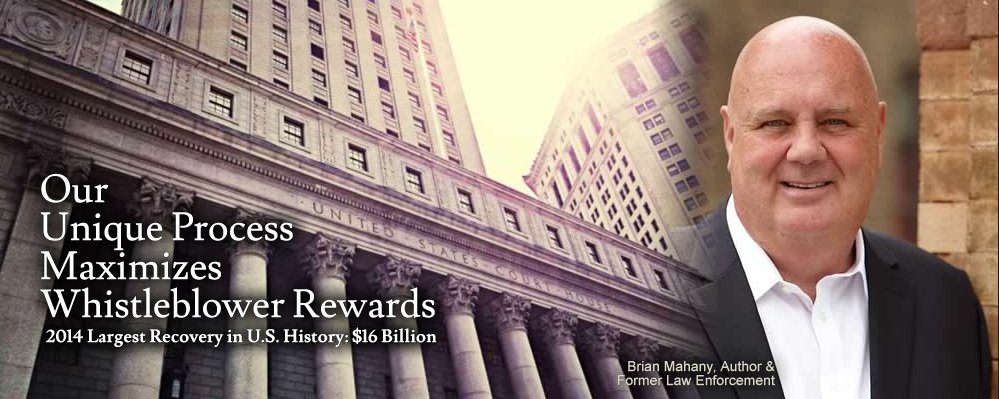 If you visit the MetLife Bank website, there is a cute picture of Snoopy and a short statement that says MetLife Bank “no longer originates or services residential mortgage loans.” That is probably a good thing since HUD – the U.S. Department of Housing and Urban Development – says they have one of the highest compare ratios in the United States. That means home loans originated by MetLife Bank are in far worse shape than most other lenders.
If you visit the MetLife Bank website, there is a cute picture of Snoopy and a short statement that says MetLife Bank “no longer originates or services residential mortgage loans.” That is probably a good thing since HUD – the U.S. Department of Housing and Urban Development – says they have one of the highest compare ratios in the United States. That means home loans originated by MetLife Bank are in far worse shape than most other lenders.
The so-called “compare ratio” is the percentage of a lender’s default rate, compared to the local market area. For example, if 10% of all FHA loans are in default, and a company has a 5% default rate, that lender’s compare ratio is 50 or one half the average. HUD considers a compare ration of over 150 to be very bad. 200 gets a lender on HUD’s watch list. And anything over that? It could mean HUD shuts the company down.
So what is MetLife Bank’s compare ratio? We looked at the most recent quarterly data for a popular FHA portfolio. Their compare ration? 256%! And yes, not surprisingly the bank claims they are no longer writing home mortgage loans.
So why the high compare ratio? We want to know that are ourselves and are looking to speak with former underwriters, quality control people or processors having knowledge about MetLife Bank’s loan origination and underwriting practices.
The law firm of Mahany & Ertl is a premier law firm representing whistleblowers in federal False Claims Act and FIRREA cases against lenders and mortgage companies. Our whistleblower attorneys are involved in some of the largest financial fraud cases in the nation including the largest case against a mortgage lender; HUD’s $2.4 billion case against Allied Home Mortgage.
Of course, because a lender has an unusual percentage of bad loans doesn’t mean there is fraud. Often lenders simply make poor business decisions and write bad loans. In our experience, however, lenders with high default rates often cut corners. What’s the cause of MetLife’s high compare ratio? You tell us!
The federal False Claims Act and the Financial Institutions Reform Recovery and Enforcement Act (FIRREA) allow whistleblowers to receive a portion of whatever the government collects. To qualify you need inside, original source information about a violation of federal law or regulations resulting in a loss to taxpayers and a good whistleblower attorney.
Because most mortgages are insured by the federal government, either directly (FHA) or indirectly (Fannie Mae and Freddie Mac), losses to these programs may be actionable under various whistleblower laws.
These laws allow whistleblowers to receive an award of up to $1.6 million (FIRREA) and even more in false claims act case where there is no cap. The law permits an award as high as 30% of whatever the government collects in False Claims Act cases, although the average award is usually nearer to 20%. With huge daily penalties or triple damages available, the awards can increase quickly.
Common examples of problems leading to awards are poor Quality Control plans, missing down payment verifications and incomplete or unsigned borrower documents.
If you worked at MetLife bank and know of HUD, Fannie Mae or Freddie Mac lending violations, we wish to speak with you. All inquiries are kept in strict confidence. Under the False Claims Act, your complaint will be filed under seal meaning it is not made public until the government has the opportunity to first investigate the case and make a decision whether to intervene.
Our team of whistleblower attorneys can help you decide whether or not you have a case and file the necessary lawsuit and declarations on your behalf. For more information, contact attorney Brian Mahany at or by telephone (direct). All inquiries are protected by the attorney – client privilege and kept in strict confidence.
Want more information? We have posted over 100 whistleblower articles on our text searchable Due Diligence blog.
Tag as MetLife Bank mortgage fraud, MetLife Bank mortgage, MetLife bad loans

